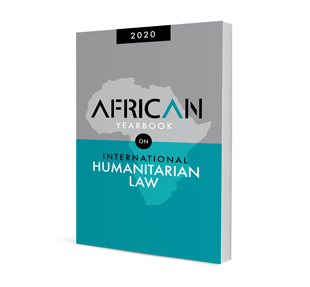Crimes against humanity as a peremptory norm of general international law (jus cogens): There really is no doubt? But so what?

Crimes against humanity as a peremptory norm of general international law (jus cogens): There really is no doubt? But so what?
Author: Dire Tladi
ISSN: 2521-2621
Affiliations: Professor of International Law, University of Pretoria; Member of the UN International Law Commission and its Special Rapporteur on Peremptory Norms of General International Law (Jus Cogens).
Source: African Yearbook on International Humanitarian Law, 2020, p. 1 – 14
https://doi.org/10.47348/AYIH/2020/a1
Abstract
In 2019 the International Law Commission adopted two texts providing for the peremptory character of the prohibition of crimes against humanity, namely the draft articles on the prevention and punishment of crimes against humanity and the draft conclusions on peremptory norms of general international law. While both of these instruments recognise the peremptory character of the prohibition of crimes against humanity, neither of them address the consequences of the peremptory character of the prohibition of crimes against humanity. This article, on the basis, inter alia, of the internal processes leading to the adoption of these instruments, addresses the consequences of the peremptory character of the prohibition of crimes against humanity.